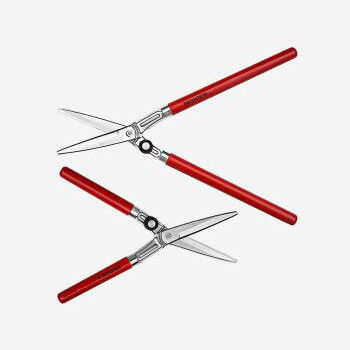سېنتەبىر . 25, 2024 16:30 Back to list
wafer type butterfly valve dimension
Understanding Wafer Type Butterfly Valve Dimensions
In the realm of industrial applications, the wafer-type butterfly valve plays a crucial role in regulating flow within pipelines. Its design, efficiency, and adaptability make it a preferred choice in various sectors, from water treatment to chemical processing. One key aspect that ensures the proper functioning of a wafer-type butterfly valve is its dimensions. Understanding these dimensions is essential for engineers and technicians to make informed decisions during selection and installation.
What is a Wafer-Type Butterfly Valve?
A wafer-type butterfly valve is a quarter-turn valve that uses a rotating disc to control the flow of fluid through a pipe. The valve is designed to fit between two flanges, and it provides a compact and lightweight solution compared to other valve styles. Its simple design contributes to lower costs and ease of maintenance.
Key Dimensions of Wafer Type Butterfly Valves
1. Face-to-Face Dimension (F-F) This dimension refers to the overall length of the valve from one flange face to the other. It is critical for determining how much space the valve will occupy in an installation and for ensuring compatibility with existing piping systems.
2. Overall Height This is the total height of the valve, which includes the disc and stem. Knowing the overall height is essential when planning the vertical space in a pipeline system, especially in confined spaces.
3. Outer Diameter (OD) The outer diameter of the valve must be measured to ensure the correct integration with other components in the system. The diameter affects how the valve will fit into its designated space and how it will connect to different pipe sizes.
4. Disc Diameter The size of the disc is significant because it influences the flow rate and pressure drop across the valve. A properly sized disc allows for efficient flow control, while undersized or oversized discs can lead to operational issues.
5. Thickness of the Valve Body The body thickness must be sufficient to withstand the pressure of the fluid flowing through it. Different materials and their respective thicknesses need to be considered, especially in high-pressure applications.
wafer type butterfly valve dimension

6. Bolt Hole Spacing The spacing and size of bolt holes are fundamental in ensuring that the valve securely attaches to the piping system. Incorrect dimensions can lead to misalignment and potential leaks.
Importance of Proper Dimensioning
Accurate valve dimensions are vital for several reasons
- Installation Compatibility Correct dimensions ensure that the valve can be installed seamlessly into the existing piping layout without additional modifications.
- Operational Efficiency A valve that fits properly will perform better, minimizing pressure drops and flow restrictions that can lead to energy losses and higher operating costs.
- Safety Dimensions that are not compatible with system requirements could lead to undue stress on the valve, potentially resulting in failures or leaks that pose safety risks.
- Maintenance Having the correct dimensions simplifies maintenance and replacement processes, as technicians can select the right fit without extensive adjustments or custom fittings.
Conclusion
In summary, the dimensions of wafer-type butterfly valves are critical to their operation and integration into pipeline systems. Engineers and technicians must pay careful attention to face-to-face dimensions, overall height, outer diameter, disc size, body thickness, and bolt hole spacing. When these measurements are accurately noted and applied, they significantly contribute to the efficiency, safety, and longevity of the valve installation. As industries continue to advance, understanding the specifics of valve dimensions will remain a fundamental aspect of efficient fluid control systems.
Share
-
Reliable Wafer Type Butterfly Valves for Every IndustryNewsJul.25,2025
-
Reliable Flow Control Begins with the Right Ball Check ValveNewsJul.25,2025
-
Precision Flow Control Starts with Quality ValvesNewsJul.25,2025
-
Industrial Flow Control ReliabilityNewsJul.25,2025
-
Engineered for Efficiency Gate Valves That Power Industrial PerformanceNewsJul.25,2025
-
Empowering Infrastructure Through Quality ManufacturingNewsJul.25,2025